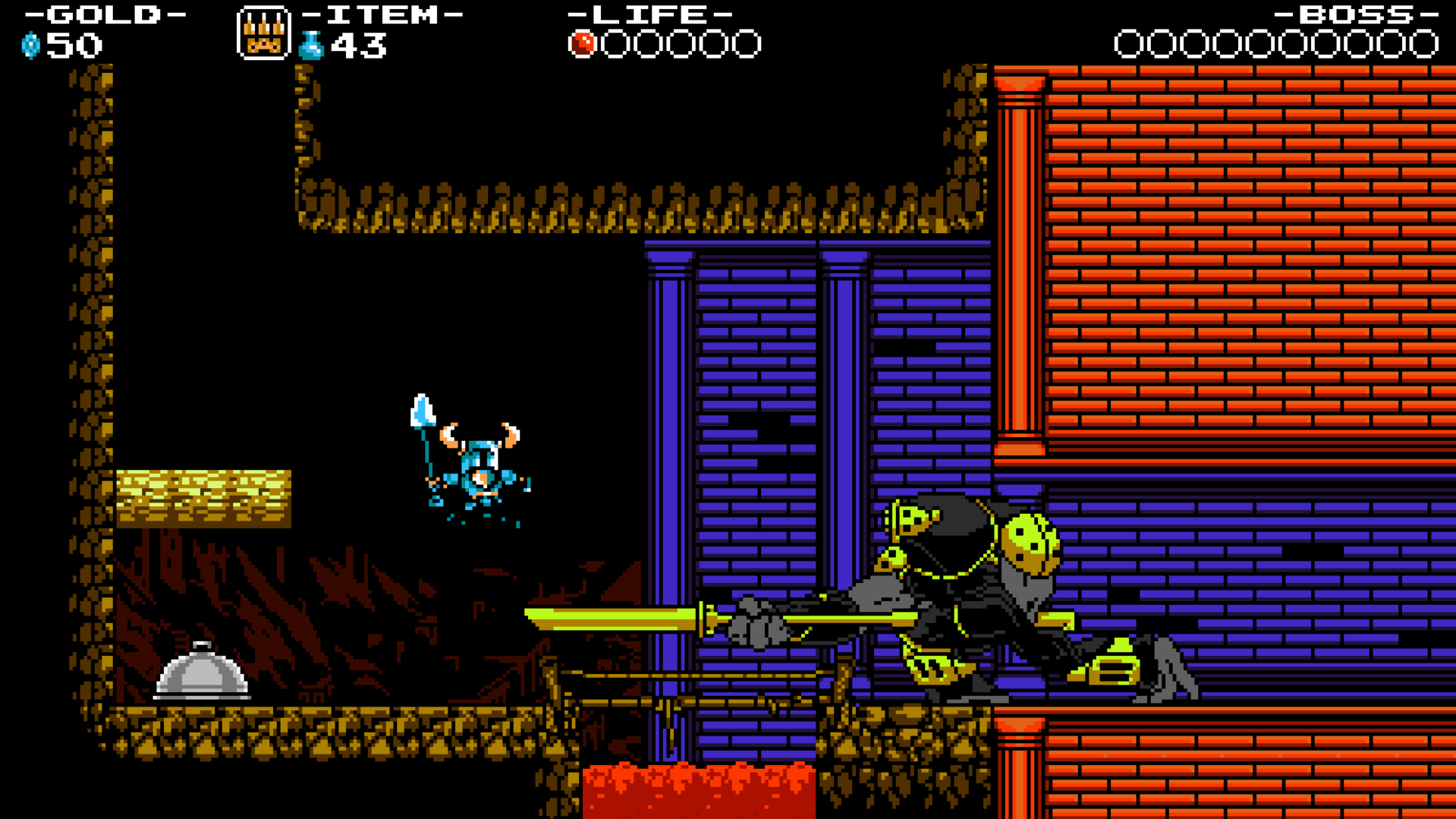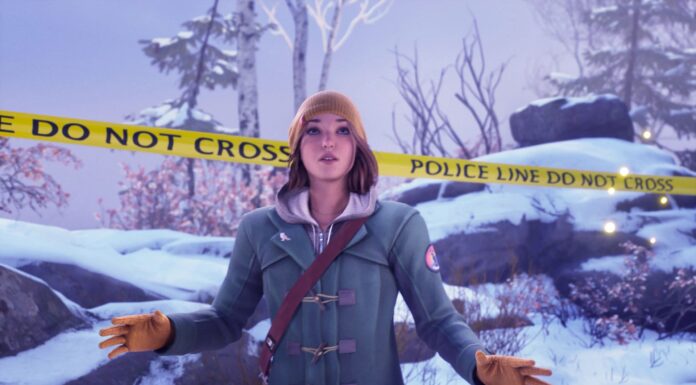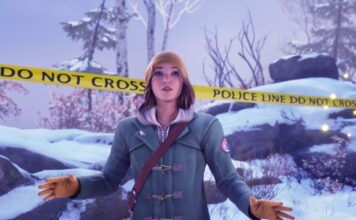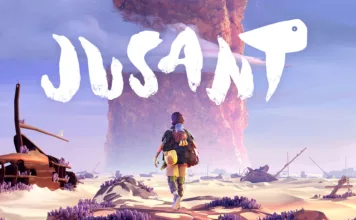Shovel Knight wears its inspirations on its sleeve. Over the last couple of years we’ve seen a massive increase in the popularity of the pixel-graphics aesthetic and Shovel Knight is one of the best examples of what this can be. The dedication to authenticity exhibited by Yacht Club Games honours the NES while creating an addicting and compelling gameplay experience in the process.

Shovel Knight is a platformer through and through. In fact, it’s imminently comparable to the Mega Man franchise, so much so that I might say that if you’re a fan of Mega Man you need to go play Shovel Knight right now. All of the comparisons you’ve heard made between the Mega Man series and Shovel Knight are right, at least as far as I can tell. The sum of my experience with Mega Man was trying Mega Man X and deciding that whole series wasn’t for me. Having seen many of the boss fights and not understanding their nuances, I’d passed them off as something you have to be a kid to enjoy. The bosses of Shovel Knight are similarly punishing. In most cases it took me a few attempts to get anywhere close to beating them (I’m surprisingly bad at video games, k?) but the sense of satisfaction you feel after you’ve internalised every pattern and learn every audio/visual cue is incredible. Hell, going back and beating the boss again after finishing the game is satisfying. It’s totally the Mega Man template, even to the extent that the bosses are named things like ‘Plague Knight’ or ‘Treasure Knight’.
Something I was surprised by during my time with Shovel Knight was just how drawn to the game I was. After my first hour I’d just had enough. I was ready to toss that game aside as something not meant for me – maybe I just didn’t have the nostalgia it so heavily draws on. The next day as I was going about my business I suddenly got this urge. For no reason I’d started thinking about the boss that had me so angry the previous day. I was thinking about its patterns and how I could get around them. The urge could be summed up by the phrase “It couldn’t be that hard…” and trust me, it could. Eventually I caved, gave the level another run and my perseverance paid off as I finally watched the game go into slo-mo as the boss fell to the ground. The combination of its accessibility and unforgiving difficulty create an experience that draws you in like a siren before beating you over the head with a mallet until you’re good enough – and it’s irresistible.
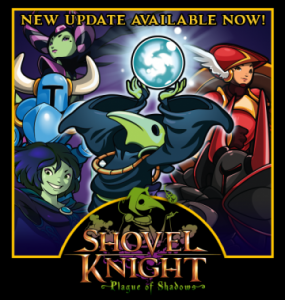 It’s heartening to see so much care and attention to detail in a game – especially when the developers could easily have used the same old tired tropes that pixel art and retro music typically imply. Graphically the game looks like an NES game and technically it’s near enough. You can find the specifics in this write up on Gamasutra but believe me when I tell you the developers really did limit themselves, at least as much as they saw fit. You won’t see sprites flicker for example, because it wouldn’t have added anything to the game. The colours used in the game are almost entirely limited to the palette available to the NES and the music could theoretically be produced by a Famicom (the Japanese cousin of the NES). This attention has been continuous as the Plague of Shadows DLC shows, adding entirely new styles of gameplay.
It’s heartening to see so much care and attention to detail in a game – especially when the developers could easily have used the same old tired tropes that pixel art and retro music typically imply. Graphically the game looks like an NES game and technically it’s near enough. You can find the specifics in this write up on Gamasutra but believe me when I tell you the developers really did limit themselves, at least as much as they saw fit. You won’t see sprites flicker for example, because it wouldn’t have added anything to the game. The colours used in the game are almost entirely limited to the palette available to the NES and the music could theoretically be produced by a Famicom (the Japanese cousin of the NES). This attention has been continuous as the Plague of Shadows DLC shows, adding entirely new styles of gameplay.
All in all I was pleasantly surprised by Shovel Knight and I hope it’s a sign of more good things to come from Yacht Club Games.
